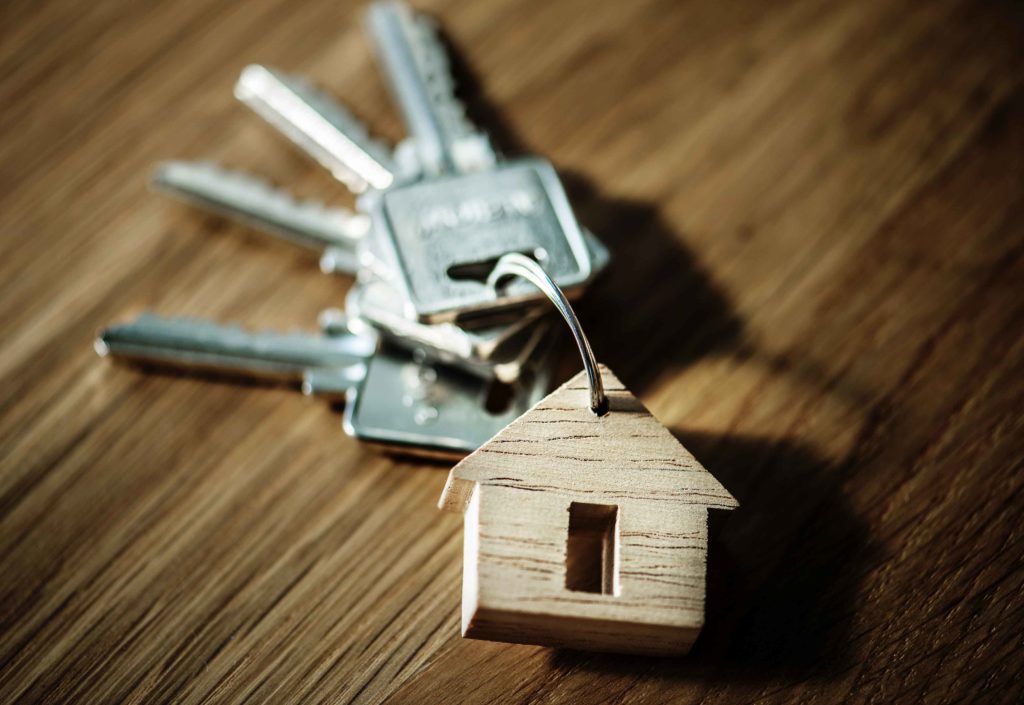
0800 377 7507
Get in touchGet your deposit back: end of tenancy cleaning tips
Moving home can be one of life’s most stressful experiences, with some studies finding it can be worse than a relationship breakdown and redundancy.
Worrying about getting your deposit back can add to that stress – and it can be a tricky area. More than half of deposit disputes cite insufficient cleaning as an issue between the parties.
It may be worth paying for a professional end of tenancy clean, but if you’re trying to cut the cost of moving, here are some end of tenancy cleaning tips that will improve your chances of getting the full deposit back.
The key to an end of tenancy clean is depth and thoroughness.
However house-proud you are, your regular domestic clean likely focuses on surfaces. Your landlord will be checking inside cupboards, on top of units and beneath furniture, so it’s crucial to make sure there isn’t a speck of dust to be found high or low!
1. Know what is expected
Make sure you read your tenancy agreement carefully, as it will state the condition of the flat required for the deposit to be returned in full. Some contracts may stipulate that a professional clean is required, but your landlord cannot enforce that as long as your clean is up to scratch.
2. Tackle the kitchen
The kitchen can be one of the toughest rooms to deep clean, so it’s a good idea to start there while you’re still fresh. You’ll find it easiest to work in a room that is as empty as possible, so start by removing all dishes and stored food from cupboards, shelves and drawers.
- Thoroughly clean all surfaces, the insides of cupboards and drawers and the fridge.
- Soak fridge shelves and trays in soapy water, defrost the fridge and freezer.
- Clean the microwave inside and out, the hob and the oven (there may be a manufacturer’s guide on how to clean your particular oven).
- Thoroughly wipe the dishwasher and washing machine inside and out.
- Pull out any appliances to clean behind and underneath, and polish the surfaces of smaller appliances such as the kettle and toaster.
- Make sure you remove any limescale build up on taps and on tiles or grouting. Vinegar is great on limescale if you don’t have descaler.
3. Polish the bathroom
- Thoroughly scrub sink, bath, shower, mirrors, tiles and floor.
- Pay particular attention to any limescale build up or mould which may be found around taps and grouting.
- Check that plug holes and drains aren’t slow moving, and use a drain cleaner if necessary.
- Dispose of any old shampoo or shower gel bottles, and clean the inside of the cabinet.
4. Go deep
With living rooms and bedrooms, it’s the nooks and crannies that put your deposit at risk.
- Make sure you clean behind and beneath furniture.
- Dust radiators and sockets, wipe down the insides of cupboards.
- Don’t forget to clean light fittings and shades, curtain rails (plus hoover the curtains themselves), bannisters if you have them and the walls.
- Hoover any soft furnishings and wash or dry clean any removable fabrics such as cushion covers.
- Polish the inside of windows (and out, if necessary).
- Wipe down skirting and polish door knobs or handles.
5. Check and check again
When you’re in the midst of such a huge job – it is worthwhile setting aside a full weekend at least – it is easy to miss a detail or two that lets you down. When you have finished your clean, leave the property for a while (you deserve a coffee out at least!) then come back and begin an inspection through fresh eyes. Have a cloth handy so you can wipe any dust or fingermarks then and there. Check fixtures and fittings, grease extractors, door knobs. Make sure that all rubbish has been cleared and disposed of.
